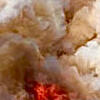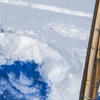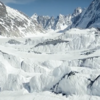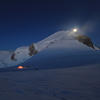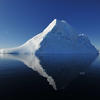You are here
Did the Mont-Blanc Glaciers Shrink Before?
06.01.2017, by
Global warming is currently responsible for a spectacular drop in glacier surface area in the Mont-Blanc massif. Yet researchers suspect that since the last ice age, there have been periods during which these areas may have been even smaller. They collected rock samples to assess and date these periods of glacier shrinkage.
The ANR’s VIP Mont-Blanc Program (Rates of the processes controlling the morphologic and environmental changes in the Mont-Blanc massif). ASTER (Accélérateur pour les Sciences de la Terre, Environnement, Risques) is supported by CEREGE (the European Centre for Research and Education in Environmental Geosciences).
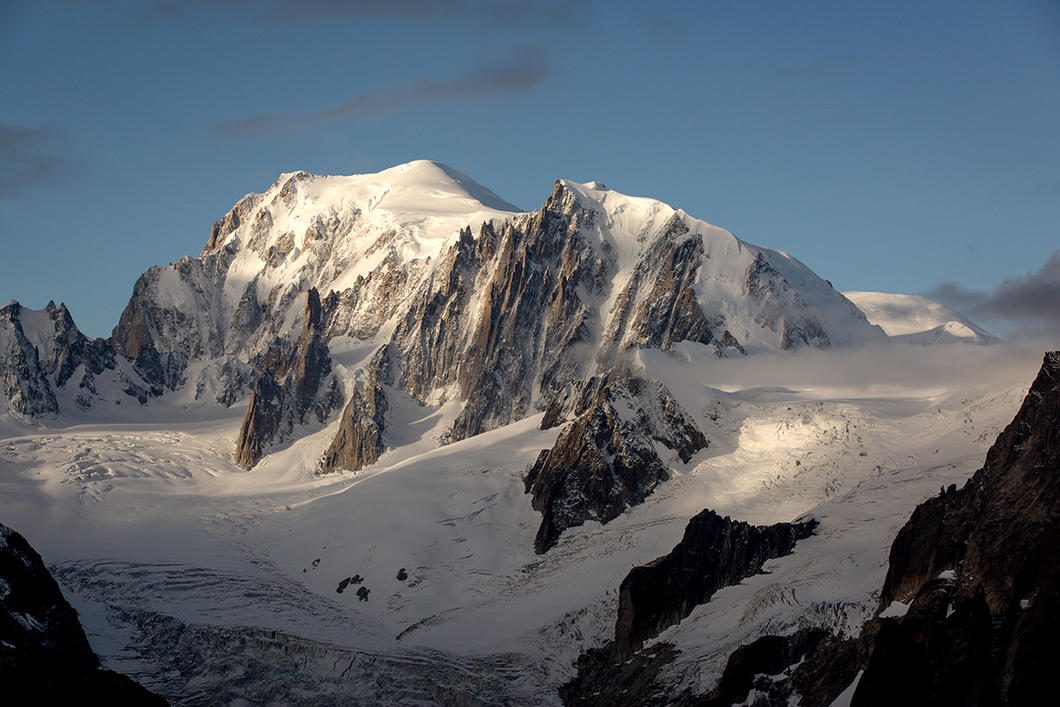
1
Slideshow mode
Over the last 10,000 years, the Earth has experienced periods of natural warming. During the Holocene Climate Optimum that occurred from 5000 to 9000 BP, warming reached its maximum, resulting probably in considerable recession of all glaciers in the Mont-Blanc massif.
Jean-François BUONCRISTIANI/Biogéosciences/CNRS Photothèque

2
Slideshow mode
Scientists go on location to assess the status and rate of melting. They reach the various areas where they plan to obtain rock samples by helicopter, carrying with them all the necessary equipment.
Jean-François BUONCRISTIANI/Biogéosciences/CNRS Photothèque

3
Slideshow mode
In particular, they selected the Jardin de Talèfre, a small rocky area measuring 3 km² that does not appear to have been covered by glaciers over the last 200 years. But how about during the last 10,000 years?
Jean-François BUONCRISTIANI/Biogéosciences/CNRS Photothèque

4
Slideshow mode
Rocks not covered by ice are bombarded by cosmic rays that interact with mineral atoms to produce rare isotopes such as beryllium-10. These isotopes accumulate in the crystalline structure of the rock.
Jean-François BUONCRISTIANI/Biogéosciences/CNRS Photothèque

5
Slideshow mode
Cosmic rays only affect the first few meters of rock beneath the surface. Consequently, the researchers take samples only from the surface of rocks that were polished by the glaciers when they were covered with ice.
Jean-François BUONCRISTIANI/Biogéosciences/CNRS Photothèque

6
Slideshow mode
The optimal sampling method involves cutting small cubes of rock measuring 10 x 10 cm. These cubes will later be analyzed in the laboratory using cosmogenic nuclide dating method.
Jean-François BUONCRISTIANI/Biogéosciences/CNRS Photothèque

7
Slideshow mode
This technique involves the careful preparation of samples in the laboratory to measure the total amount of beryllium-10 atoms that has built up in the rock using the ASTER (see above) mass spectrometer.
Jean-François BUONCRISTIANI/Biogéosciences/CNRS Photothèque

8
Slideshow mode
These measurements are used to determine how long the rocks were exposed to cosmic rays over the last 10,000 years, i.e. the total duration of glacier recession. In all, 23 samples will be analyzed—some 40 kg of rock.
Jean-François BUONCRISTIANI/Biogéosciences/CNRS Photothèque

9
Slideshow mode
For each rock sampled, the scientists accurately record the GPS coordinates of each sampling site to establish its position in relation to the surrounding geomorphological structures and glacial deposits.
Jean-François BUONCRISTIANI/Biogéosciences/CNRS Photothèque

10
Slideshow mode
They also map out the area’s topography to assess its impact on rock exposure to cosmic rays. This measurement, carried out with a survey level, will be used to correct the analyses based on exposure rates.
Jean-François BUONCRISTIANI/Biogéosciences/CNRS Photothèque

11
Slideshow mode
The initial analyses suggest that over the last 10,000 years, the glaciers of the Mont-Blanc massif have witnessed greater shrinkage than today. These preliminary results show that such glacier retreats may have been caused by periods of climatic warming due to natural causes. Next is to determine the exact extent and chronology of these retreats to better incorporate the natural melting processes in future climate projections.
Jean-François BUONCRISTIANI/Biogéosciences/CNRS Photothèque
Explore more
Earth
Article
11/09/2025
Article
10/22/2025
Article
07/16/2025
Article
07/07/2025
Article
05/31/2025
Glaciology
Slideshow
11/14/2019
Video
03/14/2019
Slideshow
01/14/2019
Article
05/03/2017
Slideshow
01/12/2017



